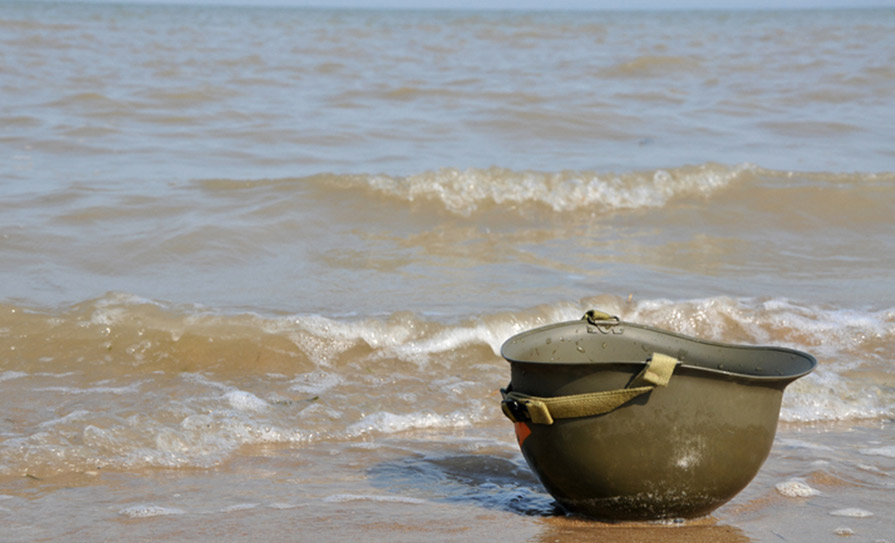<h3 class=”p1″><strong>Patients taking the treatment initiative </strong></h3> <p class=”p2″><span class=”s1″>M</span>edicine has made exponential leaps and bounds in terms of patient involvement in recent years. Although Ireland has come a long way, we are still some way behind other countries in this regard.
<p class=”p4″><span class=”s1″>Nobody wants to see a patient come through the surgery door armed with print-outs from ‘Dr Google’ and there are many who feel that multidisciplinary team involvement has lost the run of itself, with endless meetings and consultations potentially delaying actual treatment and turning the doctor’s job into a ‘talking shop’.</span>
<p class=”p4″><span class=”s1″>But some patients are truly inspiring. I was lucky enough recently to attend a seminar hosted by the Medical Research Charities Group on the topic of ‘Public and Patient Involvement in Health Research in Ireland’. The meeting was designed to bring together some noted physicians and experts in their respective fields, patients, and representatives from patient groups to gauge the progress, both good and bad, that is being made on public-patient involvement in medical treatment.</span>
<p class=”p4″><span class=”s1″>The keynote speaker was Mr Mark Pollock, a remarkable young man who has more resilience and determination than most people you’ll meet in life.</span>
<p class=”p4″><span class=”s1″>He has been selected by the World Economic Forum as a Young Global Leader and received honorary doctorates from the RCSI and Queen’s University Belfast. Mark has raced to the South Pole and has taken part in the ‘Run in the Dark’ events, among a long list of other achievements, despite his blindness. Approximately six years ago, a fall from a building left him paralysed from the waist down and he narrowly escaped the death his doctors were imminently expecting.</span>
<p class=”p4″><span class=”s1″>In an attempt to improve not only his own condition but the prospects for spinal injury patients in the years ahead, he scoured the world for people at the cutting-edge of medical research and engineering. </span>
<p class=”p4″><span class=”s1″>In short, his efforts now involve a combination of medicine, robotics and engineering and he is also looking at pharmacological treatments that have been successful in animals. Talk about thinking outside the box — Mark engaged the services of a doctor who used spinal electrocution that was utilised in old USSR athlete camps, with some degree of success in his condition.</span>
<p class=”p4″><span class=”s1″>He has now devised a unique treatment plan that involves a collaboration between Trinity College Dublin and UCLA and the search is on for funding to get this out of the lab and into clinics. </span>
<p class=”p4″><span class=”s1″>Some patients can be truly inspiring and Mark is a fine example of this.</span>
<p class=”p4″><span class=”s1″>Check out his blog,<em> Stream of Consciousness</em>, for more information on his amazing efforts.</span>
<h3 class=”p1″><span class=”s1″><strong>The right trousers</strong></span></h3> <p class=”p2″>Sticking with the theme of Irish innovation, work is ongoing on a soft, biometric exoskeleton that will help people with disabilities and older people to move their legs simply by detecting movement intention.
<p class=”p2″>Plans are in place to build the world’s first fully-functional prototype of the XoSoft — otherwise known as ‘intelligent trousers’ — by 2019.
<p class=”p2″>State-of-the-art textiles and ‘smart’ materials will allow the device to ‘sense’ joints and communicate the user’s intention to a special controlling unit and provide the patient with the right amount of assistance.
<p class=”p2″>Researchers at the University of Limerick (UL) are chipping-in with their expertise in medical device innovation and the results could truly change a lot of people’s lives.
<p class=”p2″>According to UL’s Dr Leonard O’Sullivan: “There are 3.2 million wheelchair users in Europe and another 40 million who cannot walk without an aid. People with limitation in independent movement of their legs can rely on a variety of assistive devices, yet the available assistive aids are usually bulky, fairly inflexible and can therefore only partially support the process of movement.
<p class=”p2″>“Neither do they encourage or support the activation of legs, which is essential to prevent further atrophy. This is where XoSoft comes in.”
<p class=”p2″>It’s an attempt at an amazing innovation and one worth keeping an eye on.
<h3 class=”p1″><span class=”s1″><strong>Medical bites</strong></span></h3> <p class=”p2″>To finish, here are a couple of vignettes sent to me by a kind reader. Contributions are always appreciated.
<p class=”p3″>“My doctor took one look at my gut and refused to believe that I work out. So I listed the exercises I do every day: jump to conclusions, climb the walls, drag my heels, push my luck, make mountains out of molehills, bend over backwards, run around in circles, put my foot in my mouth, go over the edge and beat around the bush.”
<p class=”p3″>“When a patient was wheeled into our emergency room, I was on duty. ‘On a scale of zero to 10,’ I asked her, ‘with zero representing no pain and 10 representing excruciating pain, what would you say your pain level is now?’ She shook her head. ‘Oh, I don’t know. I’m not good with math.’”












Leave a Reply
You must be logged in to post a comment.